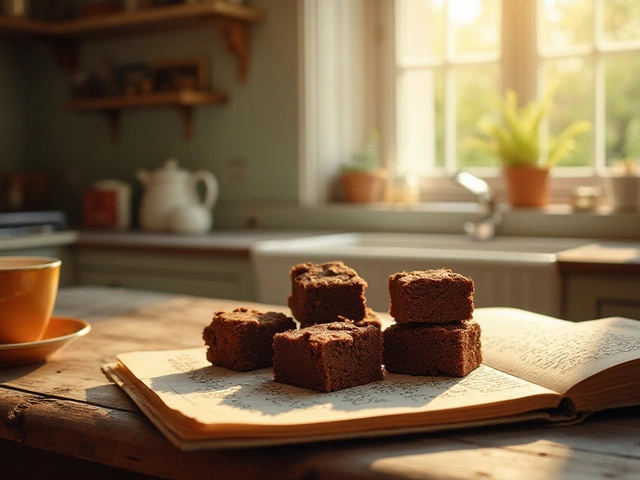Calories Made Simple: What They Are and How to Use Them
Ever wonder why you hear about "calories" every time you look at a food label? In plain terms, a calorie is the energy your body gets from the food you eat. Your muscles, brain, and even breathing need that energy to keep going. Knowing how many calories you consume helps you decide whether you’re fueling up enough, eating too much, or just missing the mark.
Most people think counting calories is a boring math exercise, but it can actually be a quick habit if you keep it real. Start by checking the Nutrition Facts panel on packaged foods – the number listed under "Calories" tells you how much energy a serving provides. For fresh items like fruit or meat, a quick Google search or a reliable app will give you the same info.
How to Count Calories Without Losing Your Mind
Here’s a no‑stress way to track what you eat:
- Pick a free app or a simple notebook. Write down what you eat and the calorie count for each item.
- Focus on the main components of your meals – protein, carbs, and fats – because they each have a known calorie value (protein and carbs = 4 kcal/gram, fat = 9 kcal/gram).
- When you’re at a restaurant, ask the server for the calorie information or look it up online before you order.
- Set a realistic daily goal. Most adults need between 1,800 and 2,500 calories, depending on age, gender, and activity level.
Stick to the plan for a week and you’ll start seeing patterns. Maybe you’re getting extra calories from high‑fat dressings or hidden sugars, and a tiny swap can shave off a few hundred calories without feeling deprived.
Smart Tips to Manage Your Calorie Intake
Counting is just the first step. Here are three easy tricks to keep your calorie intake in check while still enjoying tasty food:
- Fill up on volume foods. Veggies, fruits, and broth‑based soups are low in calories but high in water and fiber. They help you feel full faster.
- Swap ingredients. Use Greek yogurt instead of sour cream, whole‑grain pasta instead of white, or bake instead of fry. Small changes lower the calorie count without sacrificing flavor.
- Mind the timing. Eating most of your calories earlier in the day can boost metabolism and reduce late‑night cravings.
Remember, calories are not the enemy. They’re the fuel that keeps you moving. The goal isn’t to cut them out but to match them to your activity level. If you’re training for a marathon, you’ll need more calories; if you’re aiming to lose a few pounds, a modest reduction will do the trick.
Lastly, don’t get hung up on perfection. One high‑calorie meal won’t ruin your progress. Focus on consistency over time, and enjoy the small wins – like noticing you’re less hungry after a high‑fiber breakfast. With these basics, you’ll feel confident about calories and how they fit into a balanced, tasty diet.






